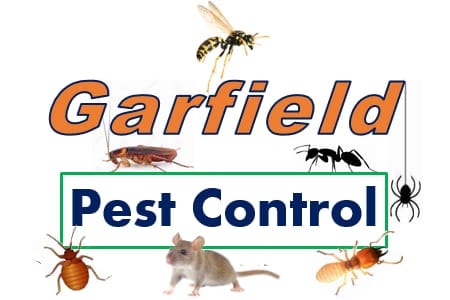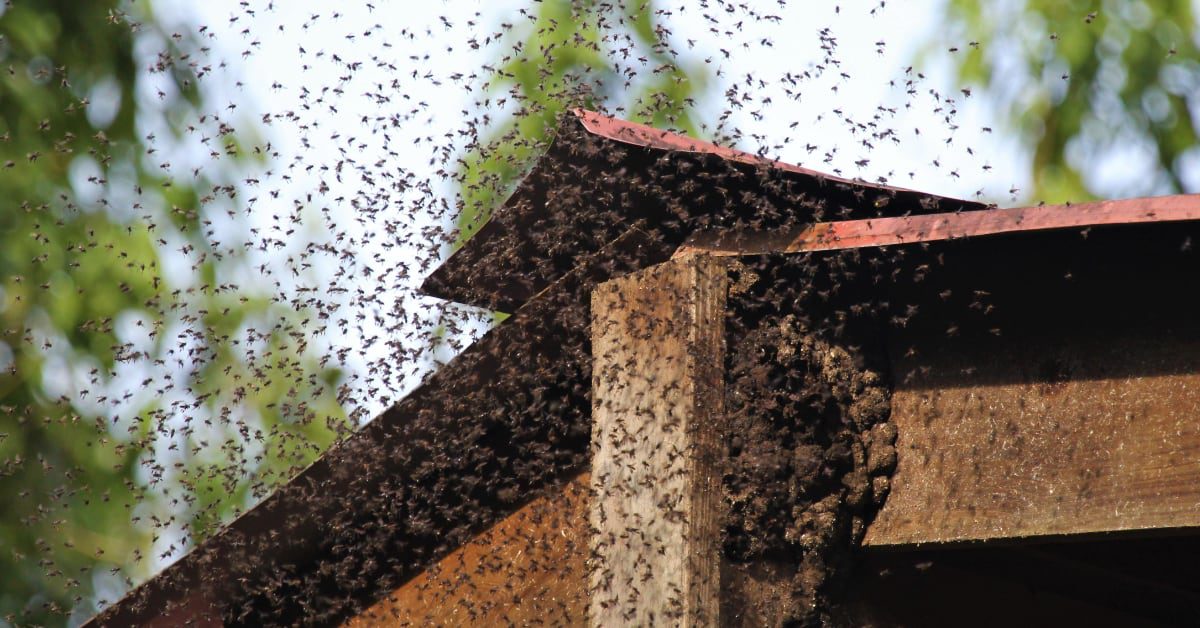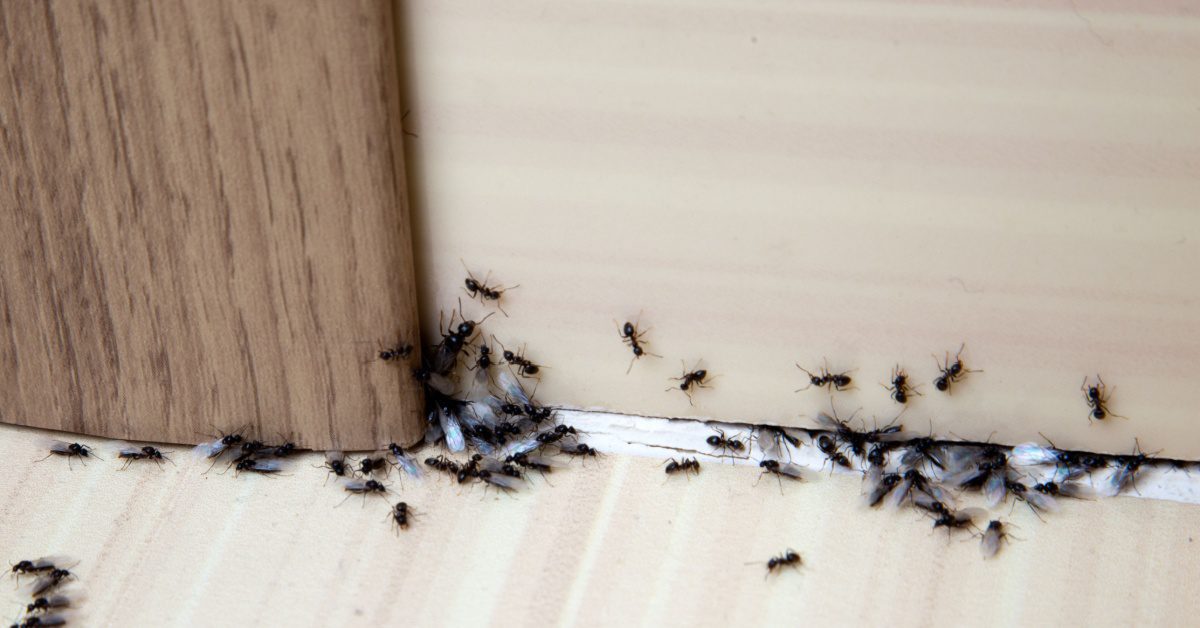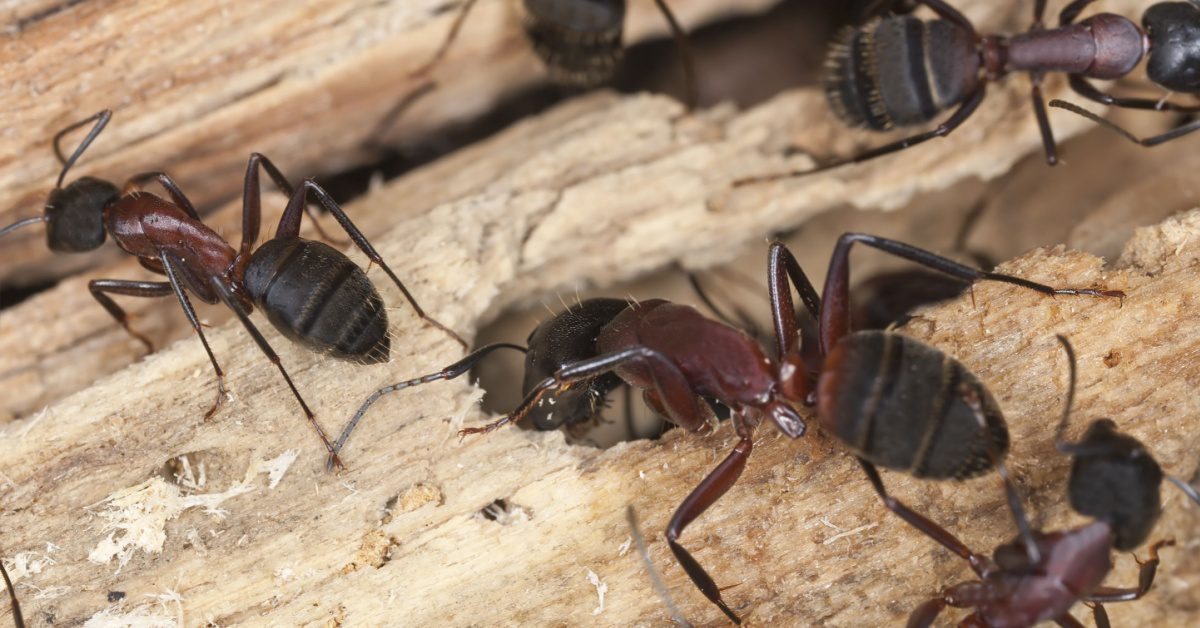Ants in New Hampshire
Ants are some of the most easily recognized insects on the planet—nearly everyone has come home to a line of ants marching across their countertop. But while many ants may appear to be similar at first glance, there are actually hundreds of different species of ants living in the United States.
In New Hampshire alone, you are likely to encounter several types of ants. By knowing what types of ants are common in your area, you can learn to stop an infestation before it becomes a severe problem in your home.
Read on for a list of the most common types of ants in New Hampshire and find out how to tell them apart. And for all of your pest control needs, contact Garfield Pest Control today.
Common Ants in New Hampshire
There are five species of ants that you are highly likely to encounter while living in New Hampshire. This list consists of:
- Carpenter ants
- Pavement ants
- Citronella ants
- Pharaoh ants
- Odorous house ants
Though they may seem similar at first, each species behaves differently and can be identified by looking for a few distinct characteristics.
Carpenter Ants
Carpenter ants earn their name by burrowing through wet or old wood to build colonies and look for food. This ant species is easily identified by its large size and can often be found on outdoor wooden structures such as trees or woodpiles.
They are considered one of the most problematic ant species because they can cause damage to homes and commercial buildings. They excavate through the wood on structures to build their nests and make tunnels. Even though they can cause damage, it can take years, unlike termites.

Pavement Ants
Pavement ants form their nests inside the cracks of stone walkways, patios, driveways, and even bricks. They are easily spotted by the mound of debris they pile at the entrance to their nests as they burrow into the stone to search for food.
Pavement ants do not eat wood or make nests; therefore, they do not cause any structural damage to homes and other buildings.
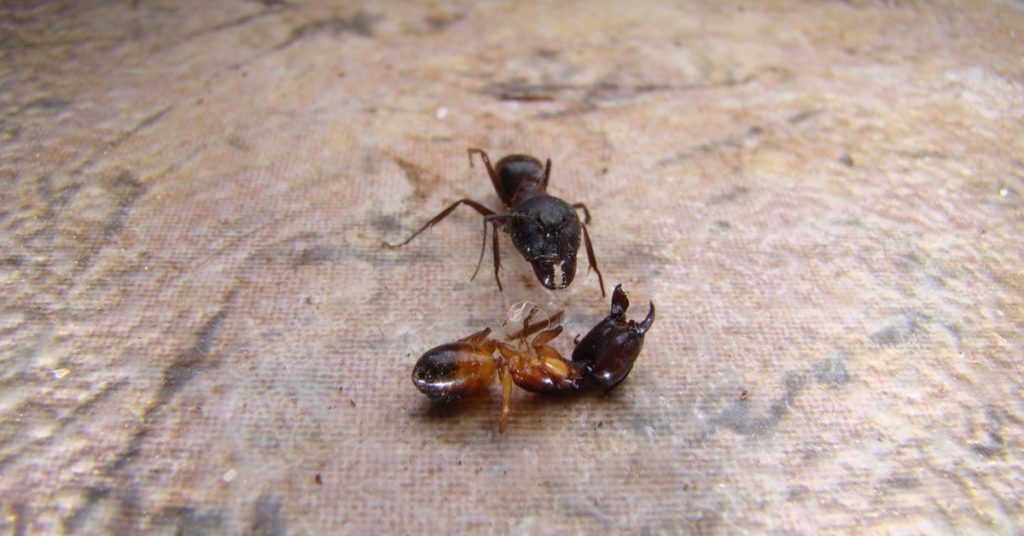

Citronella Ants
Citronella ants get their name from the lemony, slightly sweet scent they give off after they have been crushed. They can be easily identified by this smell or their distinctive yellow color, though these ants are generally uninterested in homes and prefer outdoor spaces.
They can be easily mistaken for termites, but fortunately, unlike termites, they do not cause damage. Citronella ants are merely a nuisance pest.
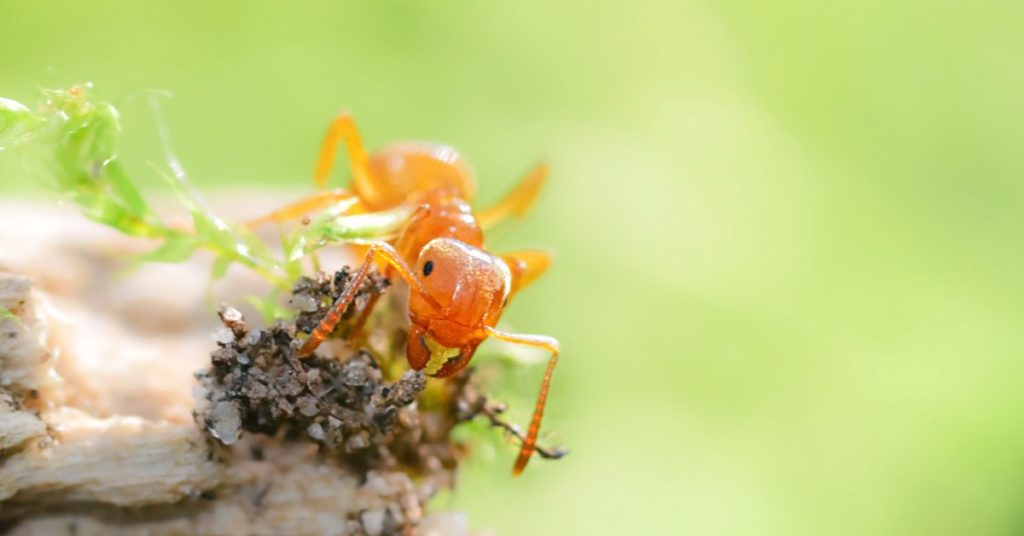

Pharaoh Ants
Pharaoh ants are notorious for being highly effective colonizers, creating enormous, widespread nests with multiple queens. These ants are easily recognized by their light—almost translucent—coloring and should be eliminated by a pest management professional as quickly as possible to prevent further spread of their domain.
They carry bacteria that can cause disease.


Odorous House Ants
Odorous house ants are one of the most easily recognizable species due to their tiny size. They also give off a rotten coconut odor once crushed and prefer the moist areas of your home, such as near heating units.
These types of ants are also commonly found in food storage areas such as kitchens. They do not cause structural damage. They are basically a nuisance.


How To Get Rid of These Types of Ants in New Hampshire
While there are many types of ants in New Hampshire, there are ways you can protect your home from each one of them. If you have an ant infestation contacting the right pest control company is essential to get rid of these little things for good.
Now that you know the common types of ants in New Hampshire let us help you get rid of them.
Contact Garfield Pest Control today for efficient ant removal services in the central and southern regions of the state of New Hampshire.
